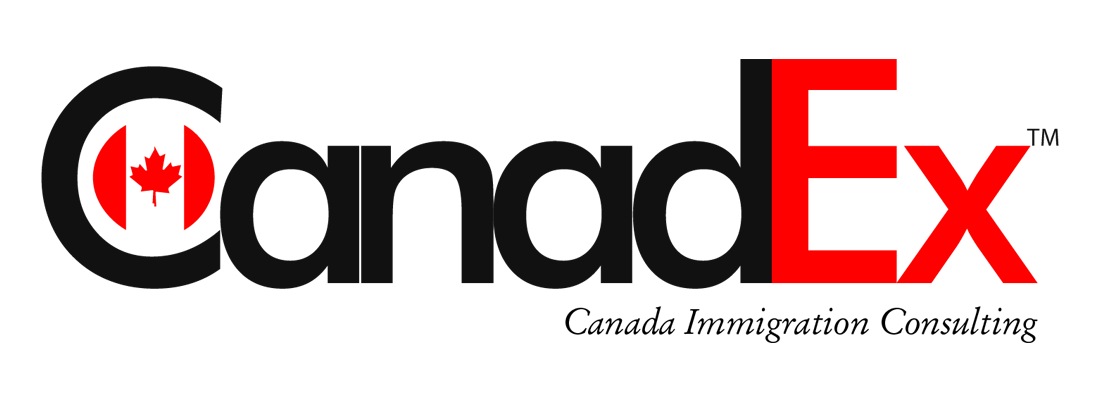In the initial Express Entry draw for August 2024, Immigration, Refugees, and Citizenship Canada (IRCC) extended 3,200 Invitations to Apply (ITAs) for permanent residency. This draw specifically targeted candidates under the Canadian Experience Class (CEC) with a Comprehensive Ranking System (CRS) score of 509 or higher.
Key Details of the August 14, 2024, Express Entry Draw
- Program: Canadian Experience Class (CEC)
- Number of Invitations Issued: 3,200
- Rank Required to be Invited: 3,200 or above
- Date and Time of Round: August 14, 2024, at 14:04:45 UTC
- CRS Score of Lowest-Ranked Candidate Invited: 509
- Tie-Breaking Rule: March 01, 2024, at 19:23:21 UTC
Tie-Breaking Rule: Maintaining Equity
To ensure fairness, the IRCC uses a tie-breaking rule when multiple candidates have the same lowest score. The cutoff is based on the date and time when candidates created their Express Entry profiles. This rule ensures an equitable selection process, giving all eligible candidates a fair chance based on when they entered the pool.
CRS Score Distribution in the Express Entry Pool
The following is a breakdown of the CRS score distribution among candidates in the Express Entry pool
| CRS Score Range | Number of Candidates |
| 601-1200 | 125 candidates |
| 501-600 | 11,055 candidates |
| 451-500 | 61,210 candidates |
| 491-500 | 10,883 candidates |
| 481-490 | 11,990 candidates |
| 471-480 | 14,873 candidates |
| 461-470 | 12,747 candidates |
| 451-460 | 10,717 candidates |
| 401-450 | 52,261 candidates |
| 441-450 | 10,303 candidates |
| 431-440 | 11,229 candidates |
| 421-430 | 9,868 candidates |
| 411-420 | 10,619 candidates |
| 401-410 | 10,242 candidates |
| 351-400 | 53,137 candidates |
| 301-350 | 24,690 candidates |
| 0-300 | 5,482 candidates |
| Total | 207,960 candidates |
A Milestone for Francophone Immigration
For the first time since the inception of the Express Entry system, a draw specifically targeted candidates with a French language proficiency level of 7 or higher. This initiative is part of Canada’s broader strategy to attract French-speaking immigrants, especially to provinces outside Quebec, where the demand for bilingual professionals is increasing.
July’s Record-Breaking Invitations
July 2024 was a landmark month for Express Entry, with a record 25,125 ITAs issued across nine draws. This surge in invitations reflects Canada’s commitment to welcoming skilled immigrants. The highest number of ITAs in a single targeted round, 7,000, was issued in July, signaling a potential trend of high ITA issuance throughout the remainder of 2024.
Understanding the Express Entry System
Express Entry is Canada’s premier application management system for three key economic immigration programs:
- Canadian Experience Class (CEC)
- Federal Skilled Worker Program (FSWP)
- Federal Skilled Trades Program (FSTP)
The system ranks candidates using the Comprehensive Ranking System (CRS), which evaluates human capital factors such as work experience, language proficiency, education, age, and occupation. Candidates with the highest CRS scores are more likely to receive an ITA for permanent residency. Upon receiving an ITA, candidates have up to six months to submit their application, which the IRCC processes within its service standards.
Targeted Occupations in Recent Express Entry Draws
The IRCC has been focusing on specific occupations to meet the needs of Canada’s labor market. The prioritized sectors include:
- Healthcare: 35 occupations
- STEM (Science, Technology, Engineering, and Math): 25 occupations
- Trades: 10 occupations
- Transportation: 10 occupations
- Agriculture and Agri-food: 3 occupations
- Candidates working in these fields are likely to have an edge in receiving ITAs, as Canada seeks to address critical labor shortages.
The Future of Express Entry
The substantial number of ITAs issued in 2024, particularly the record-breaking draw on February 1st, sets the stage for a transformative year in Canadian immigration. By lowering the CRS threshold and focusing on francophone candidates, the IRCC shows its dedication to diversifying the immigrant pool and addressing specific demographic and economic needs.
As Canada continues to refine its immigration strategies, it will be essential to observe how these changes influence overall immigration trends and the makeup of the Canadian workforce.
